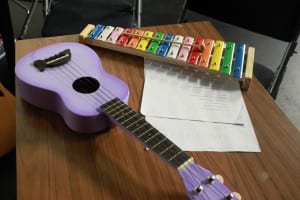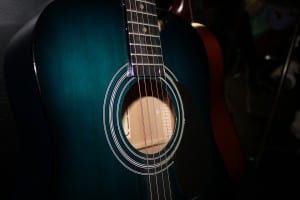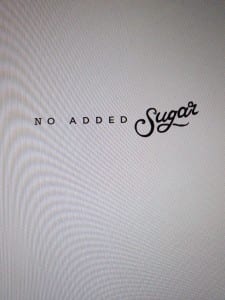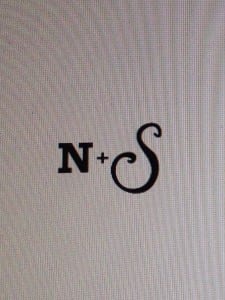When creating a piece of devised theatre it is important to discuss and experiment with the style and structure that our performance will undertake for the final show. As a group, and me personally, decided that a fragmented and post dramatic structure would be the perfect fit for our style of theatre which we wanted to create. Our piece as a whole aims to be about love, what different kinds of love people have experienced, how love has affected people, and generally how people feel about the four letter word. Love itself is not a simple and smooth experience; there are many ups and downs throughout. Considering this, we want to apply this manner of jitteriness to our performance so the audience feel like we have taken them through the journey of love; unpredictable, erratic and also spontaneous. A fragmented style appears to be a perfect fit. Love connotates so many different things to individual people, therefore there is not one simple fluid means of exposing love.
We sought to conduct and collect information from interviews with friends, family and even venture out in to the public and talk to the local community. Asking them questions such as “Do you have any rules within relationships?”, “When do you think it is okay to say I love you?” and “Do you have any past or present experiences you would like to share about finding or losing love?”. These questions will hopefully open doors to aid in writing text for our performance, sharing peoples ‘real’ thoughts about the subject matter. We also hope to possibly turn these interviews into verbatim sections of our piece. Our aim is to expose ‘real’ experiences and thoughts about love, something for the audience to emphasise and relate to – it may be their own words they hear recited, or it could be something they have experienced or believe to be true.
Not only do we wish to reveal to the audience what is ‘real’, we also aim to juxtapose and mock the ‘real’ against what we watch in films. Love portrayed in films is generally false; it is over exaggerated and embellished to an extent where in reality it just would not happen. For example , in the film ‘ 10 Things I Hate About You’ when Heath Ledger sings ‘Can’t Take my Eyes Off You’ to his love interest on the school’s football field bleachers, and he arranges the school band to join in to make a romantic gesture. This simply would not happen in reality. Another example is in ‘Friends with Benefits’ where Justin Timberlake arranges a flash mob for his love interest to show her that he is in fact interest in her after all – below is a video of the romantic gesture.
Again, it simply does not happen in reality, and if it does it would probably be a very rare occasion. Either that or I walk through various flash mobs every day where a man is declaring his love to a woman through song and dance. By contrasting the ‘real’ and the fake we can truly see the reality of love, and that it is not all flowers and kisses and flash mobs, instead we get an inside look of the stories of realistic relationships. However it must be noted that we do not wish to portray how bad love can be, we do not want the reality of it to come across as negative. We aim to show the good and happy moments of relationships too, but we are able to ‘real’ thoughts and feelings from the public and how they go so much deeper than what we see in films. Contemporary and also classic romantic films will be our key sources when attempting to mock love. We shall develop this idea throughout the devising process and continue to discuss how to insert it in to our performance.






